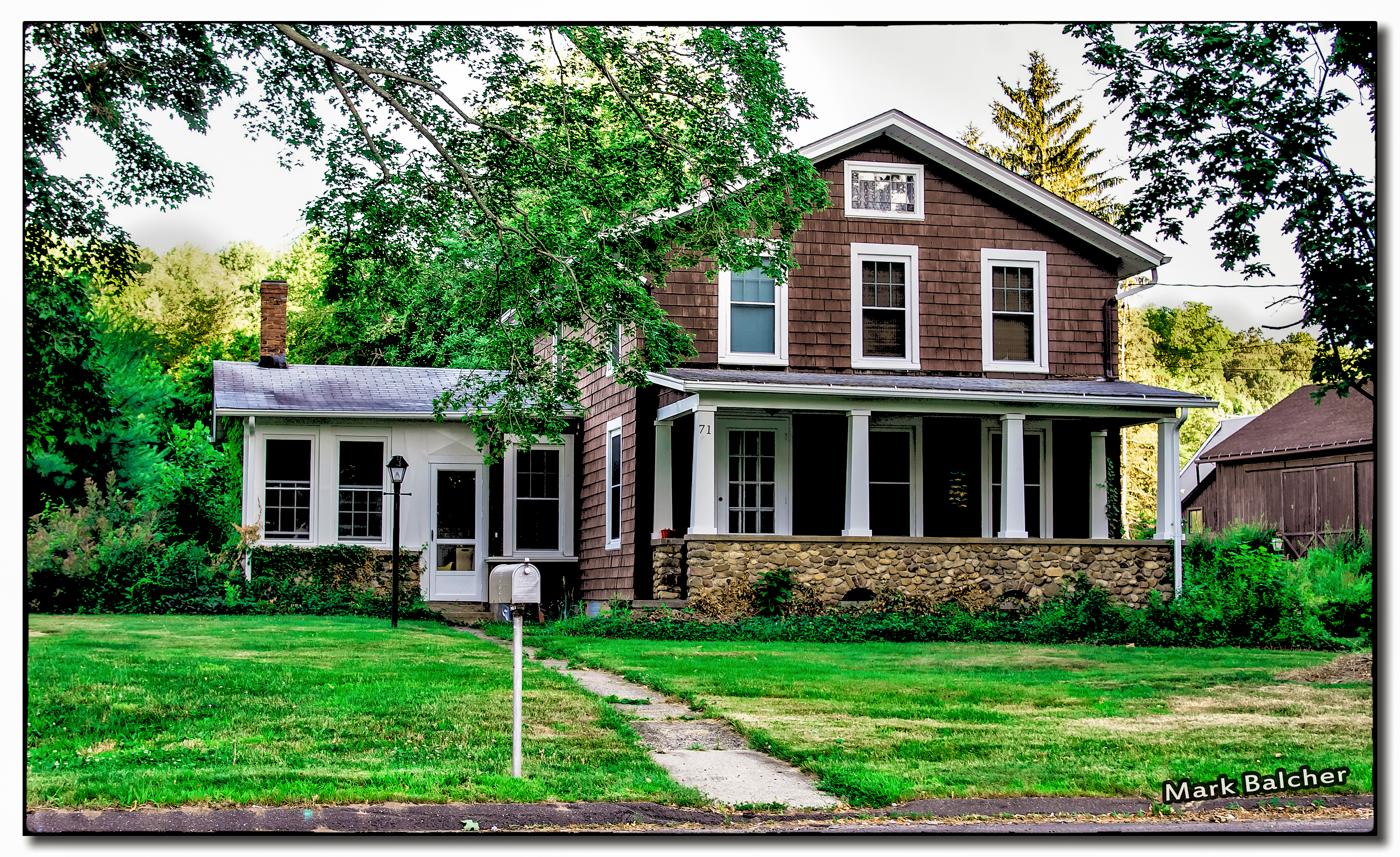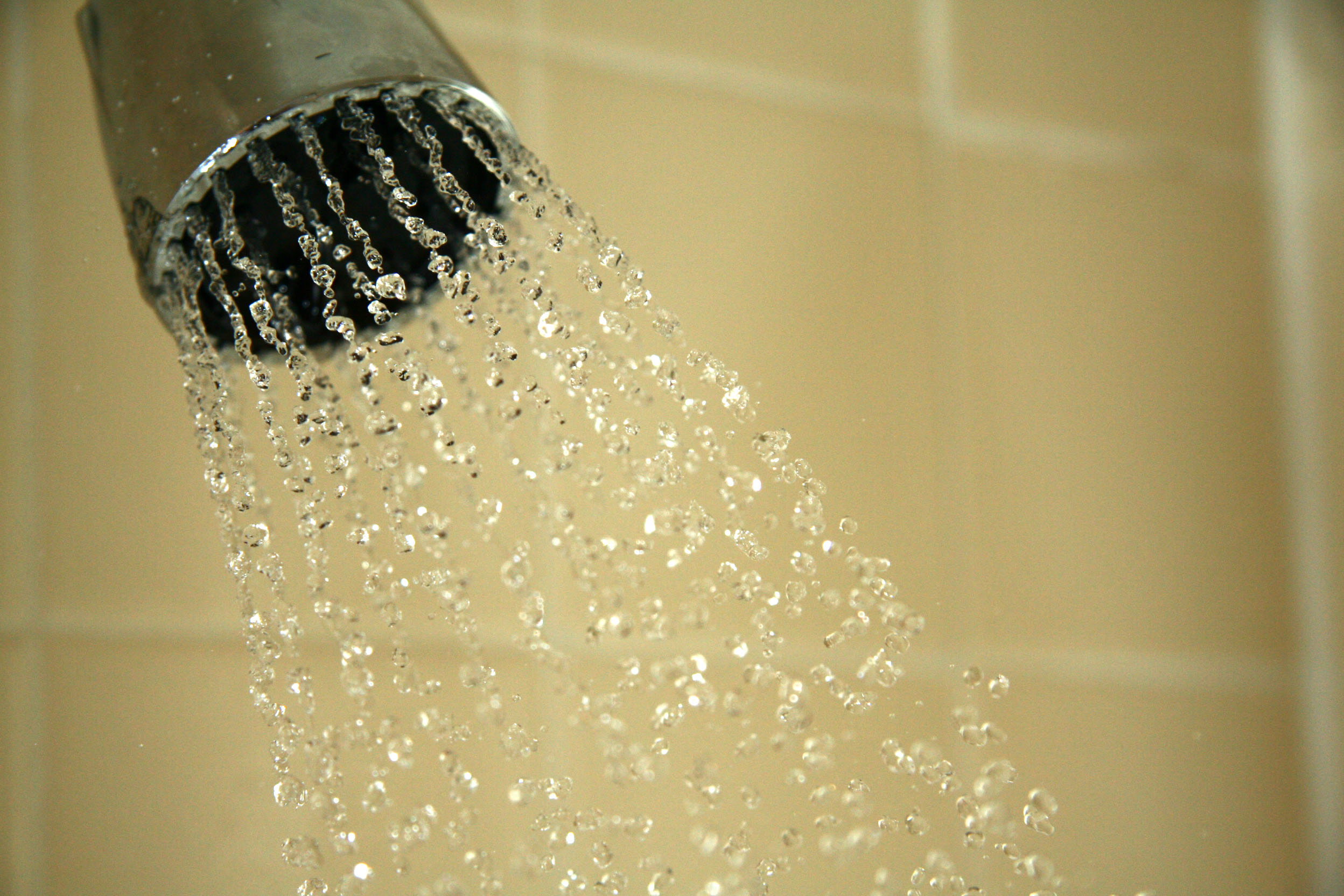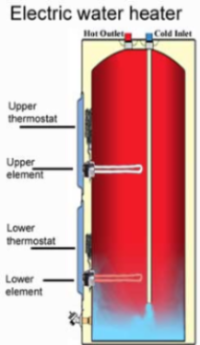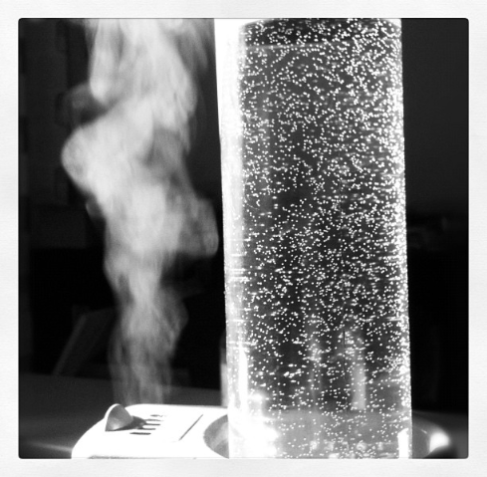HOMEOWNERS

The bacteria Legionella, which causes Legionnaires’ disease, poses a minor risk for most healthy individuals. Cases of illness are likelier found in people occupying more complex plumbing systems of larger buildings rather than a single-family home or townhome. However, if your home has people living in it who may be at risk (those over 50, smokers, those with weak immune systems), or if you just want to take additional precautions, here are some ways to reduce or minimize the growth of Legionella in the plumbing of your home.
Regular Maintenance
Regular maintenance is a simple task that, when done often, can minimize risk of Legionella. Such maintenance includes cleaning shower heads and faucet aerators. Flushing the hot water tank on a regular basis may also mitigate risk, but this should be done with caution and performed by a qualified plumber.
Showerheads and Faucets

Cleaning your showerheads and faucet aerators at least four times per year can minimize the growth of the Legionella bacteria. Clean them more often if your home has high risk patients or if there is build-up of minerals or slimy film.
To clean them:
- Disassemble the shower head and hose that is attached to it.
- Place in a bucket with a product filled with vinegar or your cleaning product of choice. Let it soak for a few minutes to remove any scale.
- Rinse with fresh water.
- Soak them again in a disinfectant with bleach. (1/2 cup bleach per gallon of water.)
- Rinse with fresh water and reassemble.
Note: Chrome showerheads can change color with this type of heavy cleaning. For this reason, you may want to replace a chrome feature with another finish. Also, have some spare washers available if leaks begin upon reassembly. Have some spare washers available if leaks emerge upon reassembly.
Maintaining Your Hot Water Heater
Setting the Water Heater Temperature
Keeping your home's water heater at 140°F will reduce the growth of Legionella. However, to reduce the risk of scalding, the temperature of water leaving the shower head or faucet should be no higher than 122°F. A qualified or licensed plumber could be contacted to installing mixing valves if your home does does not have them, to control the water temperature at the shower head or faucet.


Gas and Electric Water Heaters' Potential for Legionella Growth
Electric and gas or oil water heaters differ in how the water is heated, and are therefore different in their potential for Legionella bacteria to grow. Gas and oil hot water heaters (Left) heat from the bottom up, and do not have layers of cooler water.
Electric hot water heaters (right) have the heating element slightly above the bottom of the heater and because hot water rises, water at the bottom of the tank can be a cooler temperature that is optimum for Legionella growth. Homes with high risk individuals may consider installing tankless water system set such that the temperature at the shower head or tap is 122 deg F, which both reduces the risk of scalding and prevents the growth of Legionella bacteria.
Water Filters
Water filters that are installed at the kitchen faucet, also called point-of-use (POU) filters, can be useful when patients with weak immune systems are in need of additional layers of protection. These filters can be installed at the point where water comes out of the tap. It is very important that these filters be changed according to the manufacturer’s recommendations because if not, Legionella bacteria can grow on the filters and actually lower the water quality. Various filters are commercially available and can be found through search engines using the search terms "Legionella Water Filter".
Commercially available filters should always be changed according to the manufacturer’s instructions, and include the following types:
- Showerhead and Faucet filters
- Refrigerator and icemaker filters
- Whole house water filters
Humidifiers

Humidifiers create fine mists of water that can host and transport Legionella bacteria straight into your lungs, if they are not cleaned properly.Humidifiers can be complex appliances, so it is best to follow the manufacturer or the supplier’s instructions for cleaning and maintaining them. Various types of humidifiers may present different levels of risk for exposure to Legionella bacteria. In order of riskiest to least risky, the different types of humidifiers are:
- Atomizing humidifiers: also called cool air humidifiers, use mechanical action air to create a water mist that evaporates into the air stream. These units require regular cleaning.
- Heated pan humidifiers: use a heat source to evaporate water from a pan open to the air, but do not create water mists. The "on-use" of the device as well as the with a warm pan of water can create a home for bacteria to grow.
- Direct steam-type humidifiers: these inject boiler-generated steam directly into the air. These systems do not create water mists and normally operate above 158°F, a temperature at which Legionella bacteria cannot survive.
Regularly cleaning your humidifier by following the manufacturer’s instructions will help make sure it remains free of bacteria.
Evaporative Cooling Fans
No cases of Legionnaires disease have been associated with evaporative cooling fans, and the risk is thought to be low because no aerosols are produced and cold water is used. Regular maintenance is recommended to reduce the accumulation of slime and scaling and minimize any potential Legionella risk, which includes removal of any scale, periodic cleaning of the wetted surface, and draining before storage or when not used.
Flushing the hot water heater:
It is recommended to contact a licensed plumber to complete the following hot water tank and line flush.
- Shut off the gas or electricity to the water heater
- Open a hot water faucet in the home and run the water for about 10 minutes to reduce the water temperature in the tank.
- Attach a garden hose to the existing drain valve and route it to a floor drain.
- With the cold water value open to purge the tank, open the drain valve. Caution, sediment can accumulate within the water tank and could clog drain line or valve.
- Follow the manufacturer’s procedure for restarting your hot water heater.
It is recommended you completely flush (empty and refill) your hot water heater:
- After a week-long or more vacation
- Before moving into a home
- After minor plumbing work
- If water becomes discolored
See Also:
Homeowners can also see Multi-Family/Apartment Homes to find additional disinfection procedures of features to decrease the risk of bacterial growth and transmission:
- Hot tubs/ Jacuzzis / spas
- Pools and shower facilities
- Indoor or outdoor fountains or water features
- Solar water systems
This information is provided for the sole purpose of providing our customers with currently available information regarding actions to minimize exposure to Legionella. The information provided on this site is based on publicly-available data and American Water does not guarantee the accuracy of this information on this site or of the information provided on the third party sites linked within. This information, or reference to any devices or services is not intended for any commercial, legal or other use. The materials and information contained in this site are provided “as is” and without warranty of any kind.
